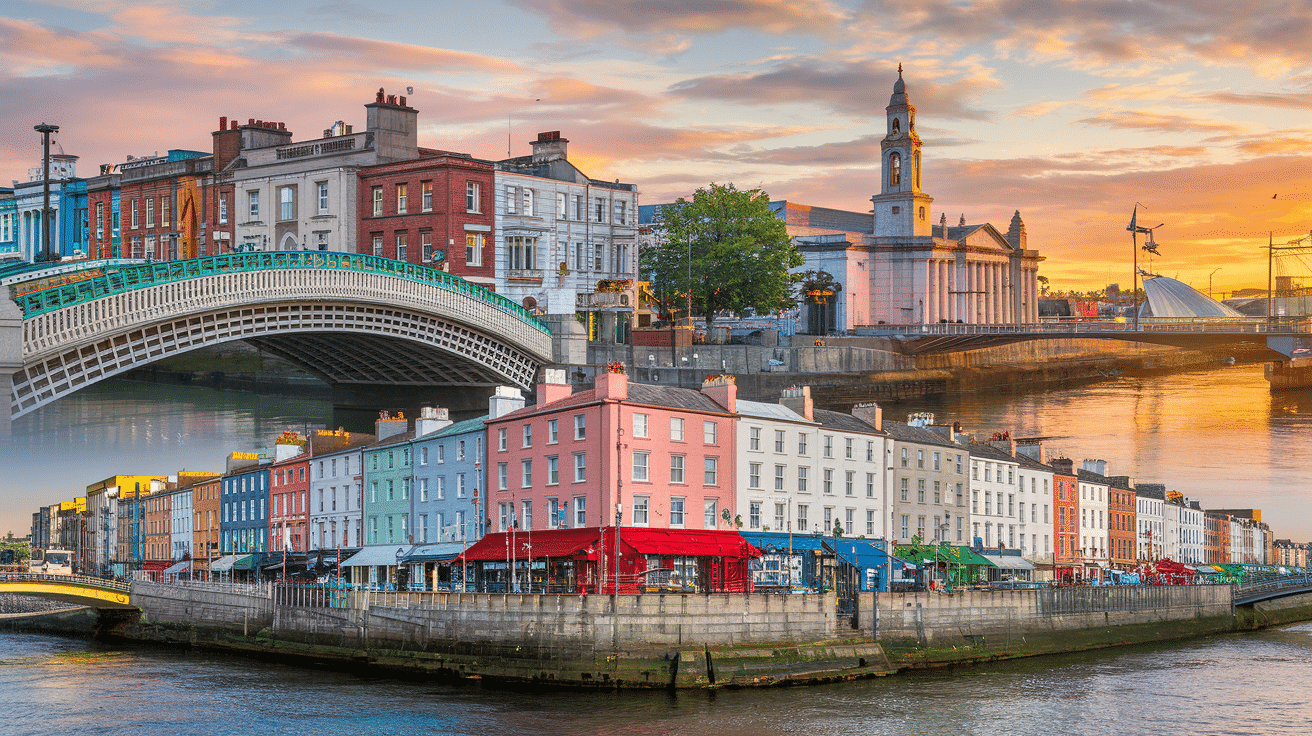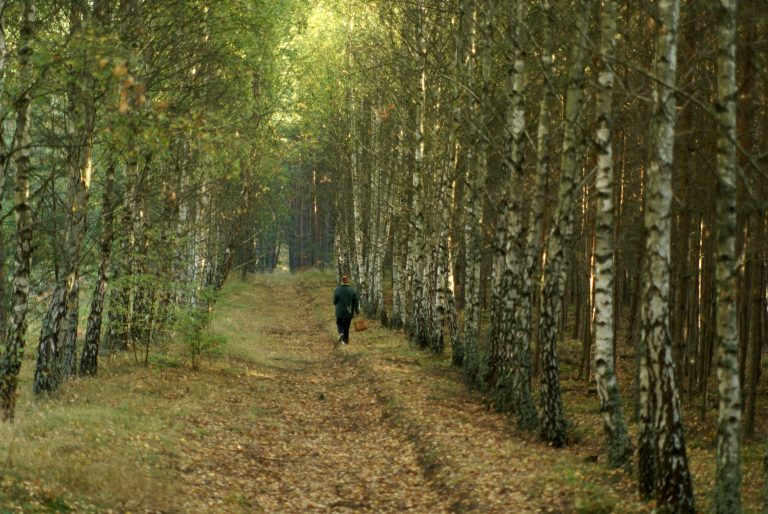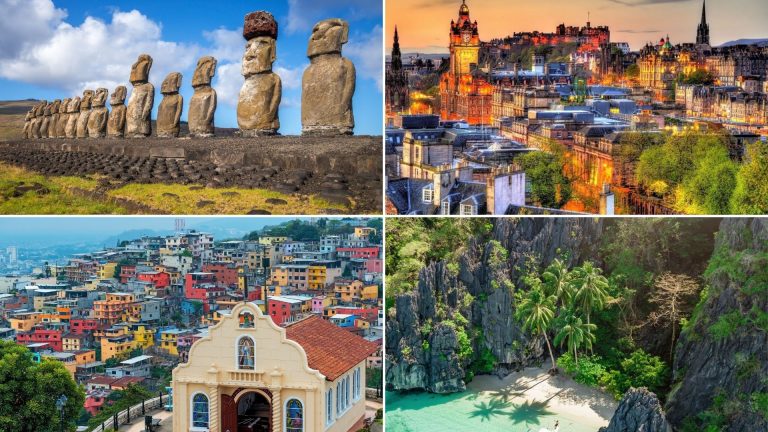How to Travel Ireland Without a Car: A Complete Guide
Are you planning to visit Ireland but worried about driving on the left side of the road? You’re not alone. Many travelers find the idea of navigating narrow Irish roads with unfamiliar traffic patterns stressful and expensive.
I’ve found that exploring Ireland without a car is not only possible but often more enjoyable. With well-connected trains, buses, and tour options, you can experience all the magic of the Emerald Isle while saving money and avoiding driving anxiety.
In this guide, I’ll show you exactly how to navigate Ireland car-free, from city centers to rural treasures.
You’ll learn which transportation options work best for different regions, how to plan an efficient itinerary, and insider tips to make your journey smooth and memorable.
Public Transportation Options in Ireland
Ireland offers several reliable transportation options that connect major cities and many rural areas across the country.
1. Irish Rail Network (Iarnród Éireann)
The Irish Rail network provides comfortable and efficient service between major cities and towns. Main lines radiate from Dublin to Belfast, Sligo, Galway, Limerick, Cork, and Waterford. Key benefits include:
1. Fast connections between city centers
2. Scenic routes through the countryside
3. Free WiFi on intercity services
4. Comfortable seating with tables on most trains
5. Significantly faster than bus travel for long distances
Book tickets in advance through the Irish Rail website to secure the best fares. Express services between major cities offer reduced travel times, while regional services make more stops but reach smaller communities.
2. Bus Services
Ireland’s comprehensive bus network fills gaps where trains don’t reach and serves as the backbone of public transport in many regions.
1. Bus Éireann operates nationwide services connecting cities, towns, and villages across the country. Their Expressway coaches provide quick intercity connections, while regional services reach more remote areas.
2. Private operators like GoBus and Citylink offer competitive services on popular routes, often with amenities like power outlets and WiFi.
3. Dublin Bus and other city-specific bus services provide comprehensive urban coverage in metropolitan areas.
For visitors, the Leap Visitor Card offers unlimited travel in Dublin for periods of 1-7 days, covering buses, trams, and commuter trains.
3. City Trams and Light Rail
The Luas tram system in Dublin connects key areas of the city with frequent service on two lines (Red and Green). The DART (Dublin Area Rapid Transit) provides commuter rail service along Dublin’s coast from Howth and Malahide in the north to Greystones in the south.
Places to Explore in Ireland Without a Car
Must-Visit Destinations
- Dublin: The capital city has excellent public transportation and is walkable for most tourist attractions.
- Galway: This vibrant west coast city is served by direct trains and buses from Dublin. From here, organized tours can take you to the Cliffs of Moher and Connemara.
- Cork: Ireland’s second-largest city offers rich history and culture, accessible by direct train from Dublin. Day trips to Cobh (the Titanic’s last port of call) and Kinsale are possible by local bus.
- Belfast: Northern Ireland’s capital is connected to Dublin by frequent trains and buses, making it perfect for exploring without a car.
- Killarney: This town serves as an ideal base for exploring Killarney National Park and parts of the Ring of Kerry. It has direct train connections to Dublin.
Scenic Routes
1. Dublin to Rosslare: The train journey along Ireland’s east coast offers stunning sea views.
2 . Dublin to Galway: Cross the heart of Ireland through rolling countryside.
3 . Belfast to Derry: The train route along Northern Ireland’s north coast is considered one of the most beautiful rail journeys in the world.
Organized Day Tours
Tours depart from major cities to popular rural attractions:
1. From Dublin: Wicklow Mountains, Newgrange, Cliffs of Moher
2 . From Galway: Connemara, Aran Islands, The Burren
3. From Killarney: Ring of Kerry, Dingle Peninsula
4 . From Belfast: Giant’s Causeway, Antrim Coast
These tours typically include transportation, a guide, and entrance fees to attractions, making them an efficient way to see multiple sights in a day.
Inter-City Tour Combinations
With careful planning, you can create multi-day itineraries using a combination of public transportation and local tours:
- Take the train from Dublin to Galway
- Spend 2-3 days in Galway, taking organized tours to surrounding attractions
- Take the bus to Doolin or the Cliffs of Moher
- Continue by bus to Killarney
- Use Killarney as a base for Ring of Kerry and Dingle Peninsula tours
- Train or bus to Cork to complete the journey
Cycling in Ireland
Ireland has embraced cycling tourism, with dedicated routes and infrastructure making it an excellent option for exploring both urban and rural areas.
Greenways and Cycling Routes
Ireland’s developing network of greenways offers traffic-free cycling on converted railway lines and canal towpaths:
1. Great Western Greenway (Mayo): 42km route from Westport to Achill
2 . Waterford Greenway: 46km route from Waterford to Dungarvan
3. Royal Canal Greenway: 130km route from Dublin to Longford
These routes are generally flat, well-maintained, and suitable for casual cyclists.
Tips for Cycling in Ireland
- Weather can change quickly; pack rain gear even on sunny days
- Rural roads can be narrow; maintain visibility and be prepared for farm vehicles
- Consider an e-bike for hilly regions if you’re not an experienced cyclist
- The Wild Atlantic Way is beautiful but challenging for cycling; choose sections carefully
Plan Your Car-Free Irish Adventure
For a successful car-free trip to Ireland:
- Base yourself in transportation hubs: Dublin, Galway, Cork, Belfast, and Killarney all offer excellent public transportation connections and tour options.
- Book accommodation near transport nodes: Stay within walking distance of train stations or bus terminals to maximize convenience.
- Purchase tickets in advance: Train tickets, in particular, are cheaper when booked ahead.
- Consider a rail pass: If you plan extensive train travel, Irish Rail offers visitor passes that may save money.
- Plan buffer days: Public transportation schedules can be less frequent in rural areas, especially on Sundays and holidays.
With thoughtful planning, patience, and a sense of adventure, traveling to Ireland without a car offers a more sustainable and often more immersive way to experience the country’s legendary hospitality and beauty.
Conclusion
Traveling through Ireland without a car opens up many opportunities. You can enjoy the views on train rides, chat with locals on buses, and stretch your legs while cycling scenic routes.
Using public transit means less stress about driving on the left, finding parking spots, or paying high rental fees. It’s also better for the planet.
With some planning, you can link trains, buses, and tours to see both cities and rural spots. Most key sites remain easily within reach.
The money you save can go toward tours, meals, or extra nights at local spots. Your trip becomes more about the places and people rather than the road ahead.
So put away those car keys – Ireland awaits with plenty of car-free options!











